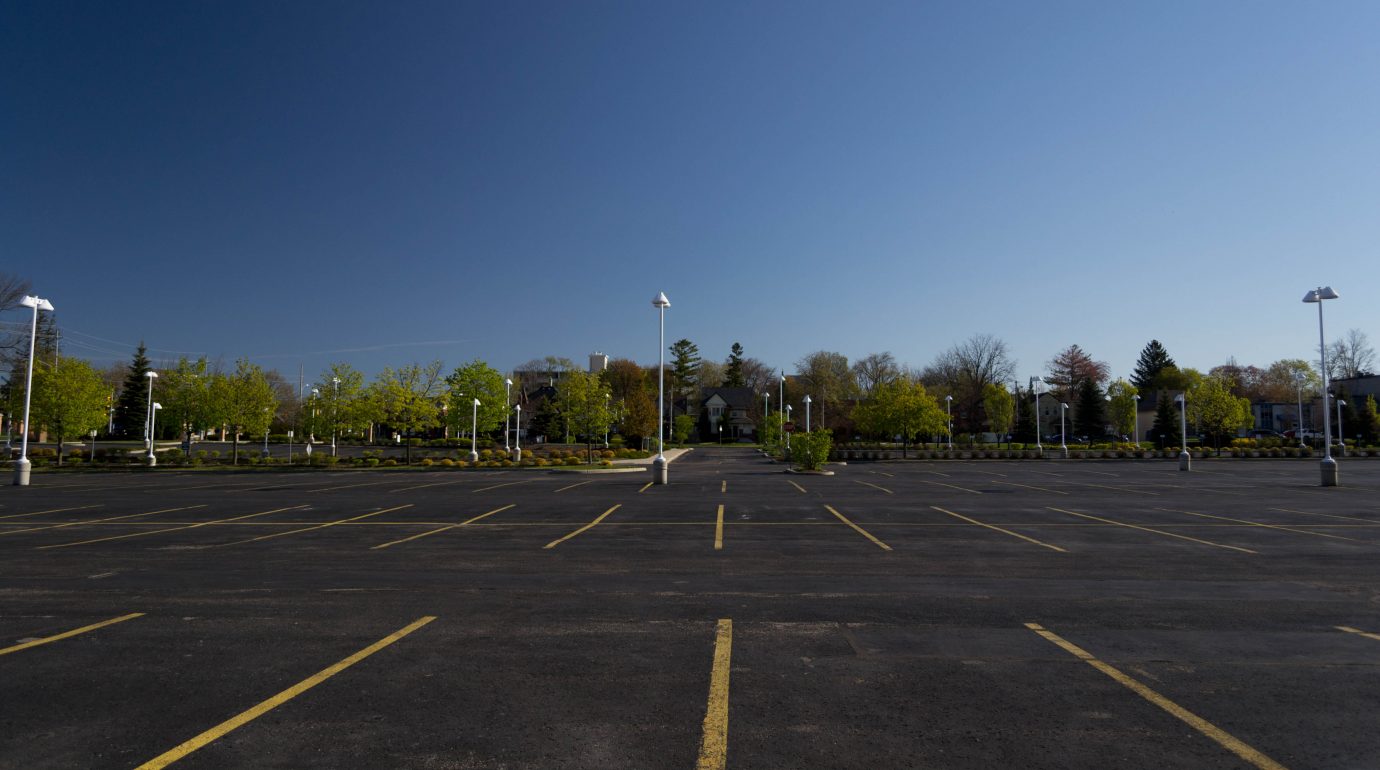The City of Waterloo could easily encourage more walkable neighbourhoods, improve housing affordability, and help ensure ION light rail’s success, all without having to spend a dime. How? By reducing the parking requirements in its zoning bylaw.
 Zoning bylaws are a city’s rules for what can go where, for example separating a residential neighbourhood from the environmental impacts of factories, or limiting the heights or shapes of buildings so that the surrounding streets aren’t blocked from the sun for most hours of the day.
Zoning bylaws are a city’s rules for what can go where, for example separating a residential neighbourhood from the environmental impacts of factories, or limiting the heights or shapes of buildings so that the surrounding streets aren’t blocked from the sun for most hours of the day.
Zoning was initially used to protect against noxious uses of land, but it has also been used to separate residential uses from commercial uses, effectively enforce segregation, or restrict density. In North America, it has played a significant role in increasing our dependency on the automobile. The further separated housing is from employment, the more likely people are to choose to drive instead of walk or bike.
They also often require certain amounts of parking for each development, called parking minimums. For instance, they might require a certain number of parking spaces be built for every 100 square metres of retail area or every home constructed. These regulations are concerned about a property meeting all its own “parking needs” without spillover to streets or adjacent properties. But the expectation that a place “needs” so much parking is its own self-fulfilling prophecy.
Parking minimums are corrosive to cities. There’s a strong case that too much parking causes people to drive more, in ways that proximity to light rail might not be able to overcome. Minimums decrease the cost of owning a car, while increasing the costs of virtually everything else – housing, groceries, running a business, etc. They tear up the urban fabric and degrade walkability by spreading buildings apart between uninviting lots and garages. And frequently these minimums are based on parking demand for the worst case scenarios (think Christmas Eve at a big box store with no transit access or sidewalks) and questionable standards.
Waterloo is revisiting and simplifying its zoning bylaws this year. This is a huge opportunity for the City to reduce its dependency on cars.
The draft bylaw staff are proposing makes some modest improvements, but largely sticks with the parking-heavy status quo, and in a few cases, makes things considerably worse. Over the next few days on this blog, we’ll be looking at these parking requirements to see what’s changing, and what needs to be improved.
Tomorrow… parking requirements and housing – or why the rent is too damn high.
Editor’s note: This post is part of a blog series on parking requirements in the City of Waterloo’s Zoning Bylaw Review. Read the other articles in this series:
- Part 2: Housing and parking minimums – or why the rent is too damn high
- Part 3: A failing grade in parking requirements
- Part 4: Bigger parking lots for new workplaces?
- Part 5: Shared parking, reducing the burden on local businesses
- Part 6: Could parking minimums hurt light rail?
- Part 7: The future of parking in Waterloo

